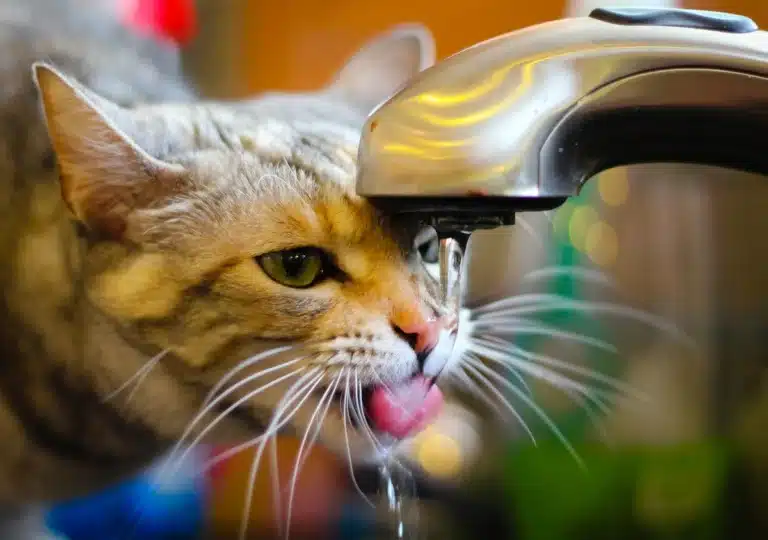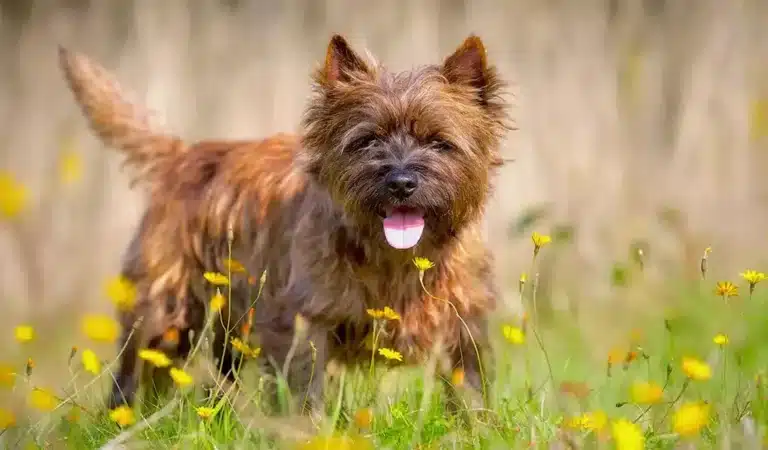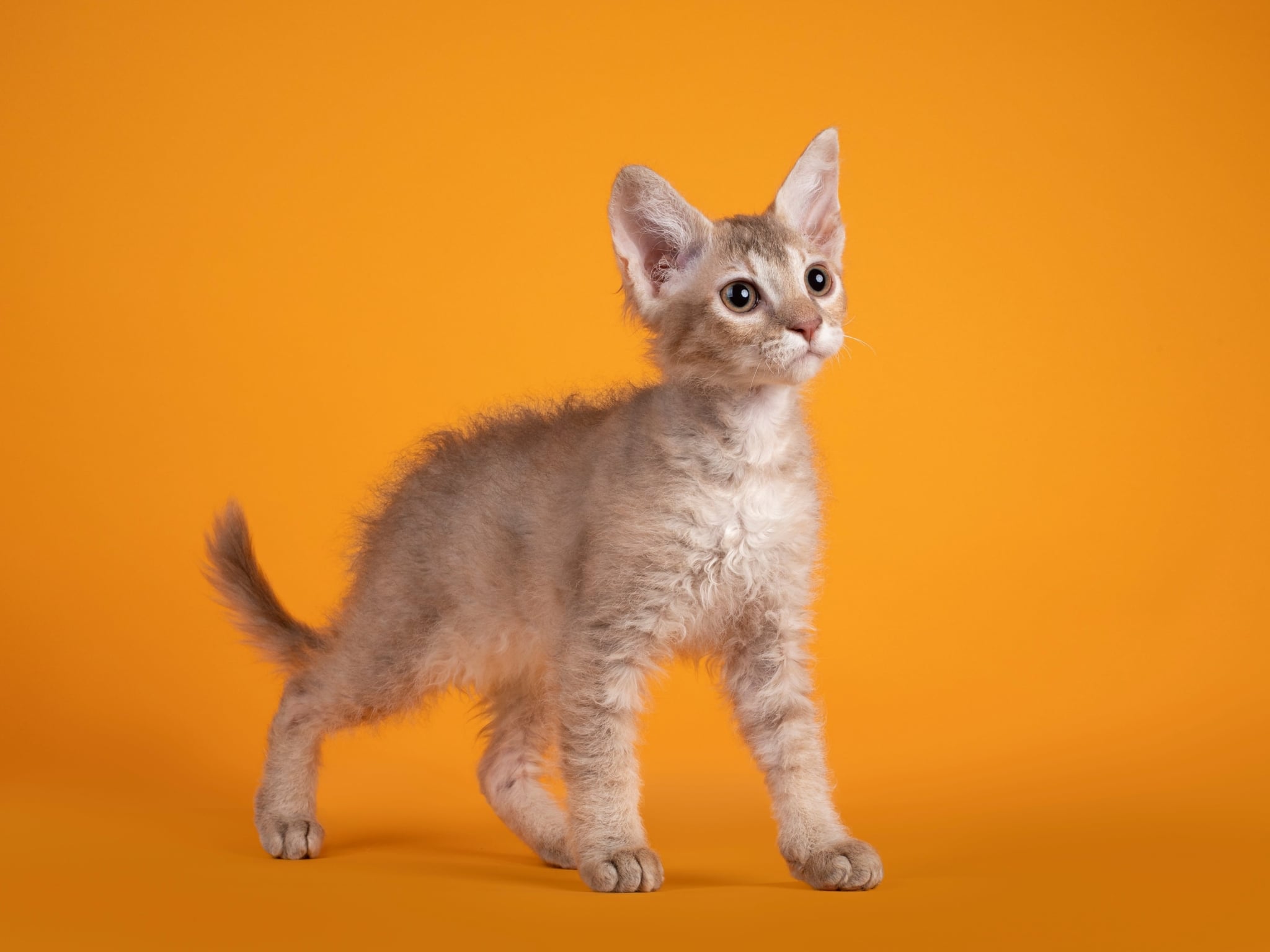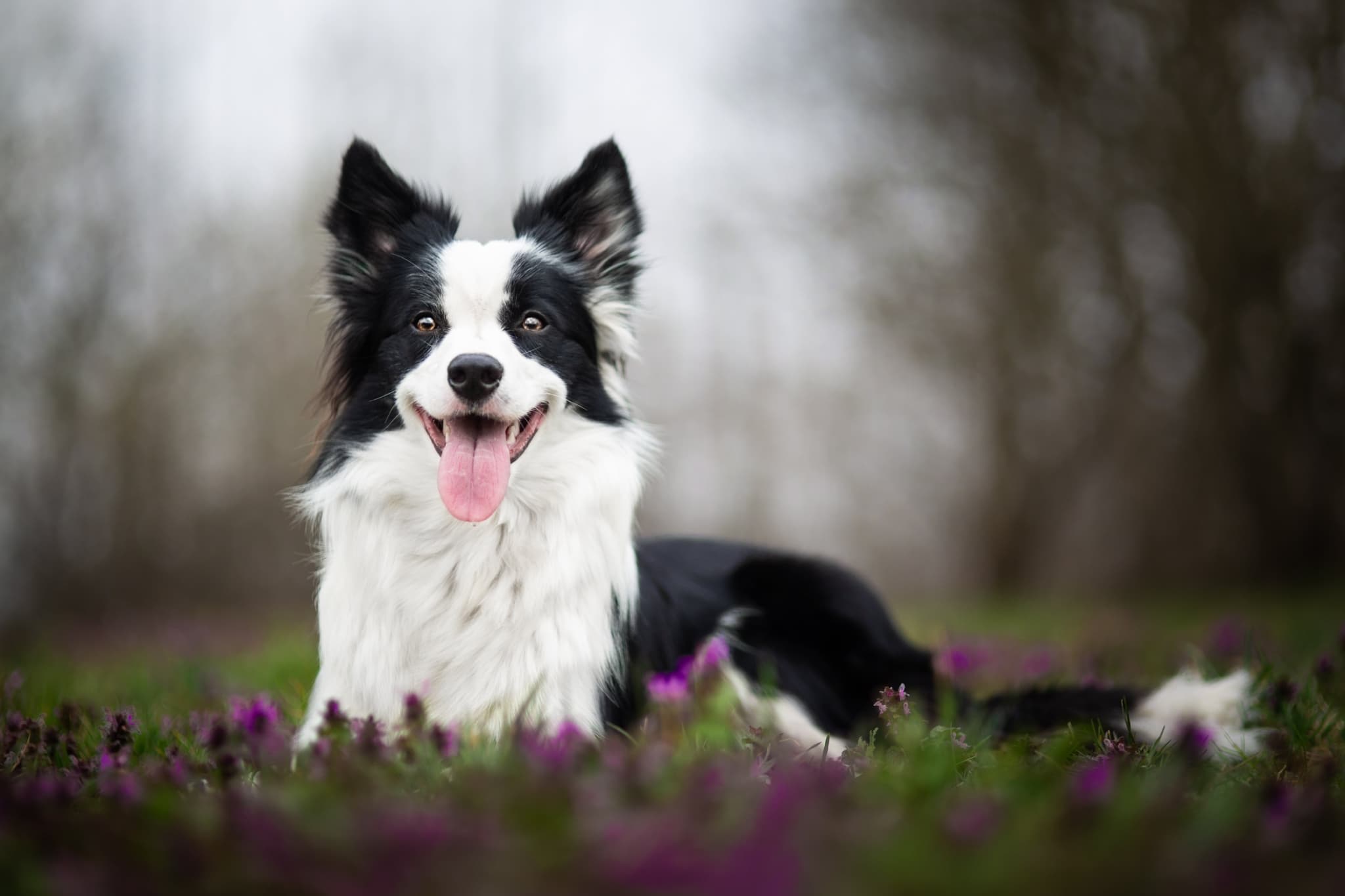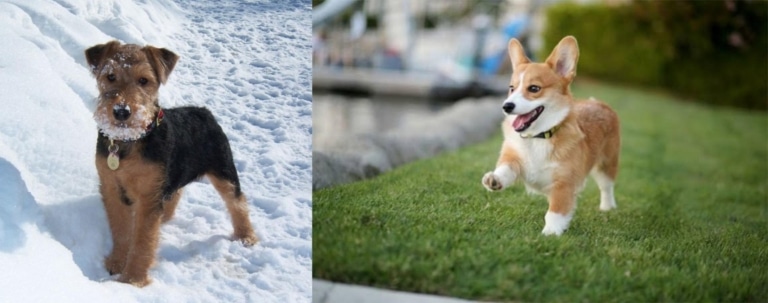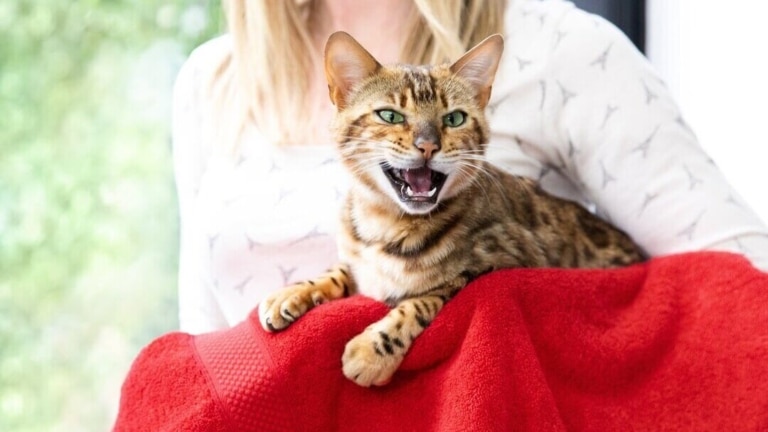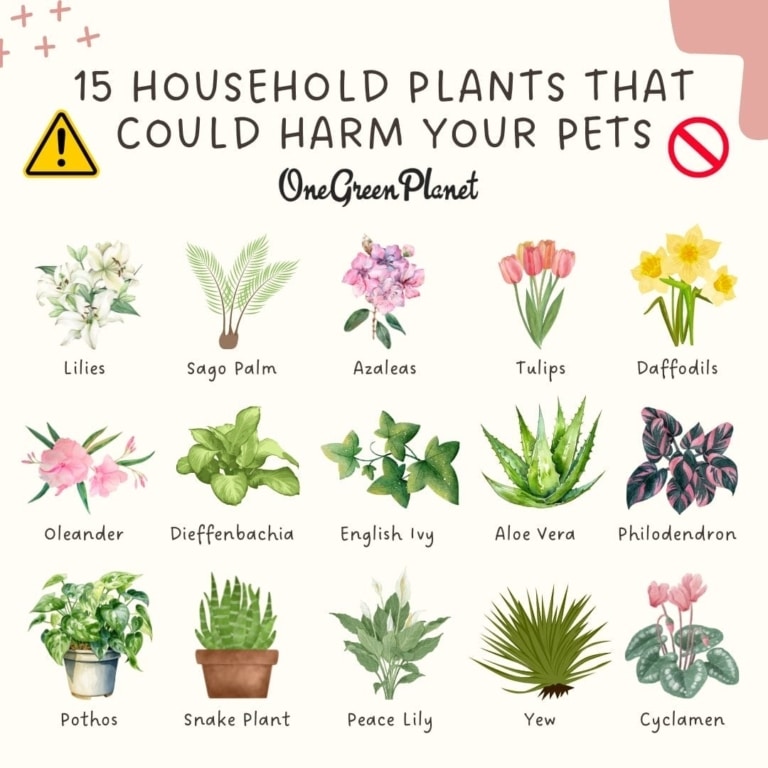Summer is in full swing, the heat is incredible, and therefore the topic of water balance is more relevant than ever. It is no secret that water is life, it is important for the functioning of all living organisms, and its deficiency can cause serious health problems. In this article, we’ll look at why water is so important for your Cockatiel, how to keep him hydrated, and what can happen if he becomes dehydrated.
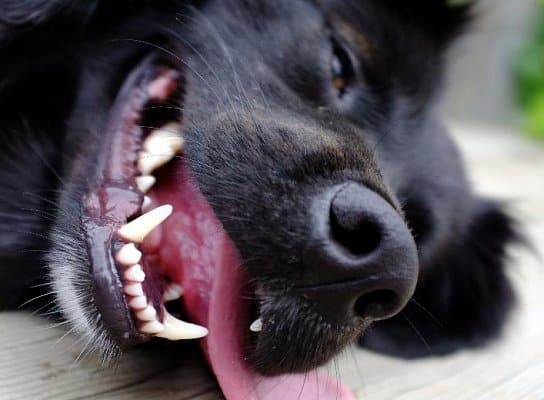
The main functions of water in your Pet’s body
Without water, proper functioning of the body is impossible. She does so much that sometimes we don’t even think about it until the first bells of unwellness appear. What are the important functions of water?
- Regulation of body temperature. This happens through sweating and breathing. When the animal overheats, it begins to breathe more often, which helps to cool the body.
- Hydration Adequate hydration reduces the risk of brittleness and shedding, making the coat shiny and soft. Well-moisturized skin creates a barrier against infections and allergens. Also, the elasticity of the skin helps to avoid injuries and damages.
- Transport of nutrients. Water is the main component of blood, so it helps to maintain normal blood circulation and transport of oxygen and nutrients to all cells of the body.
- Ensuring homeostasis. Water maintains the balance of electrolytes, particularly sodium, potassium and chlorine, which are important for normal cell function.
- Ensuring digestion. Water is necessary to dissolve nutrients for absorption into the blood and to produce gastric juice, which helps in the efficient digestion of food. It is very important that your Pet consumes a sufficient amount of water to prevent constipation, because water ensures the normal consistency of feces and facilitates their easy passage through the intestines.
- Removal of toxins. Water removes toxins through the kidneys in the form of urine. This prevents the accumulation of harmful substances in the body and supports kidney health. Regular urination also helps prevent kidney and bladder stones by dissolving salts and other minerals that can form them.
- Lubrication of joints. Water is the main component of synovial fluid, which lubricates joints, reducing friction and preventing injury.
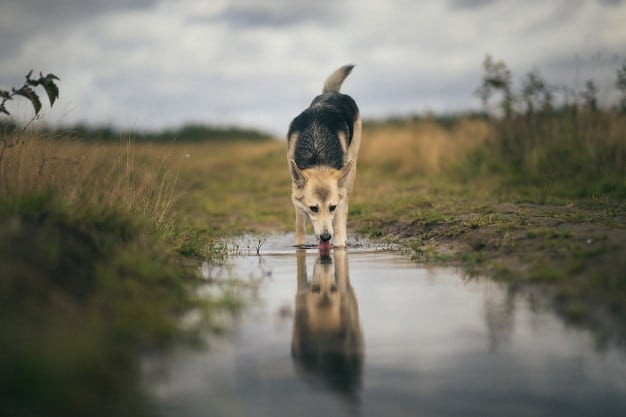
Your Pet’s need for water in hot and cool weather
Water requirements may vary depending on weather conditions. At elevated temperatures, we, like our Pets, sweat more, consume more water and enjoy the coolness. And at low temperatures, we look for rooms with heating, and the desire to drink clean water in large volumes disappears somewhere. Why is this happening?
First, in the summer, all animals sweat more and breathe more often to cool down. This leads to water loss, which must be compensated. Second, adequate hydration helps regulate body temperature and reduces the risk of heatstroke. And thirdly, nature is extremely intelligent, and with signs of dehydration, every organism receives a signal about this and a call to find water and restore the water balance. That’s why you avoid going out during the hottest hours of the day, always bring a water bottle for your dog or cat, and all the local establishments have bowls full of water ready for all thirsty animals. In cool weather, animals sweat less and use less water through breathing, so compensation of the water balance is not so active, although it remains very important for maintaining normal physiological processes. In winter, heating systems are dangerous because they dry the air, which causes moisture loss through the respiratory tract. In this case, humidifiers will help maintain optimal humidity in the room where you and your Pet are.
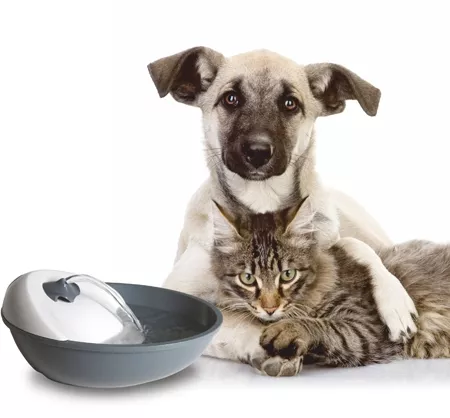
The need for water after eating
As we mentioned above, one of the main functions of water is to ensure digestion, therefore, after a meal, water will help the body of Hvostyk to digest it and prevent constipation. The normal consistency of feces is an important indicator of its health. If you maintain a water balance, you will also reduce the risk of gastrointestinal disorders, as water helps to neutralize acidity in the stomach.
The type of food you feed your pet also matters. If the ration consists only of dry food, then it is necessary to monitor the constant presence of clean fresh water in the nearby bowl to compensate for the lack of liquid and to soften the food in the stomach. If the diet includes canned food, wet food, the water imbalance will not be so obvious. However, even in this case, water is necessary for the proper functioning of the intestines.
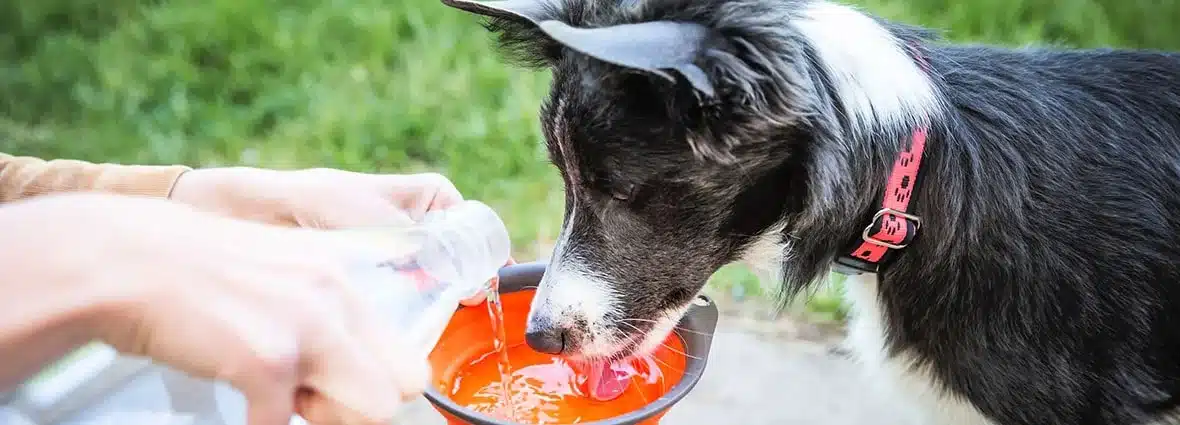
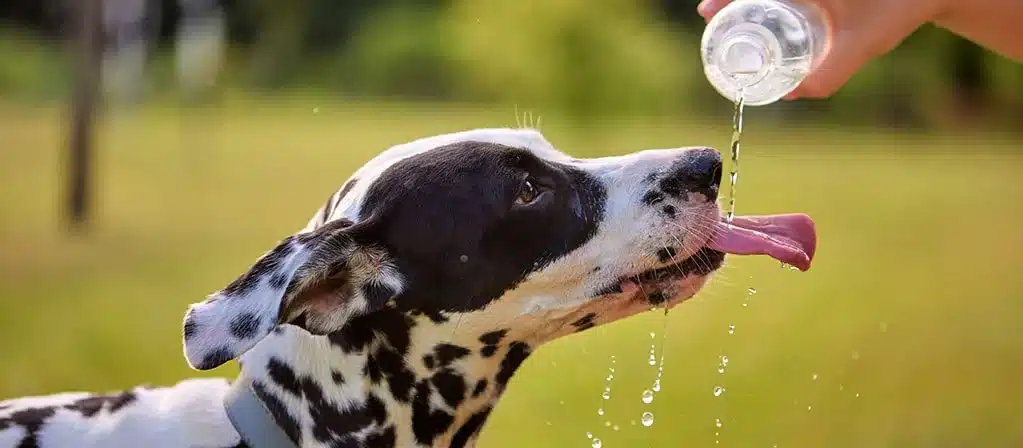
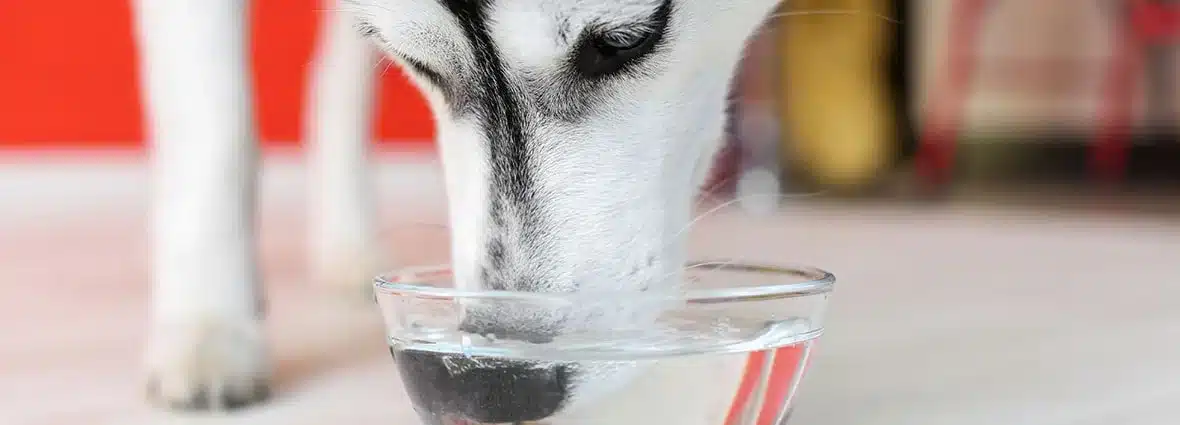
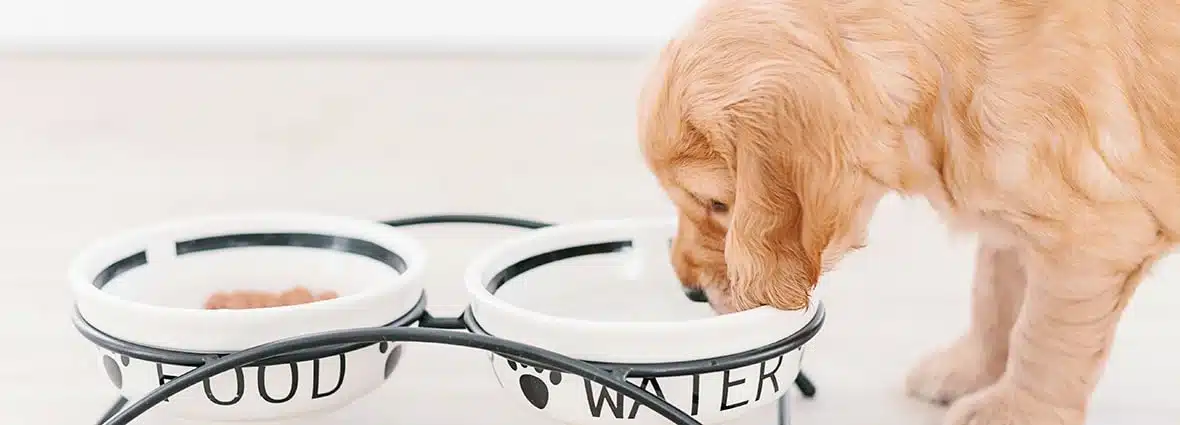
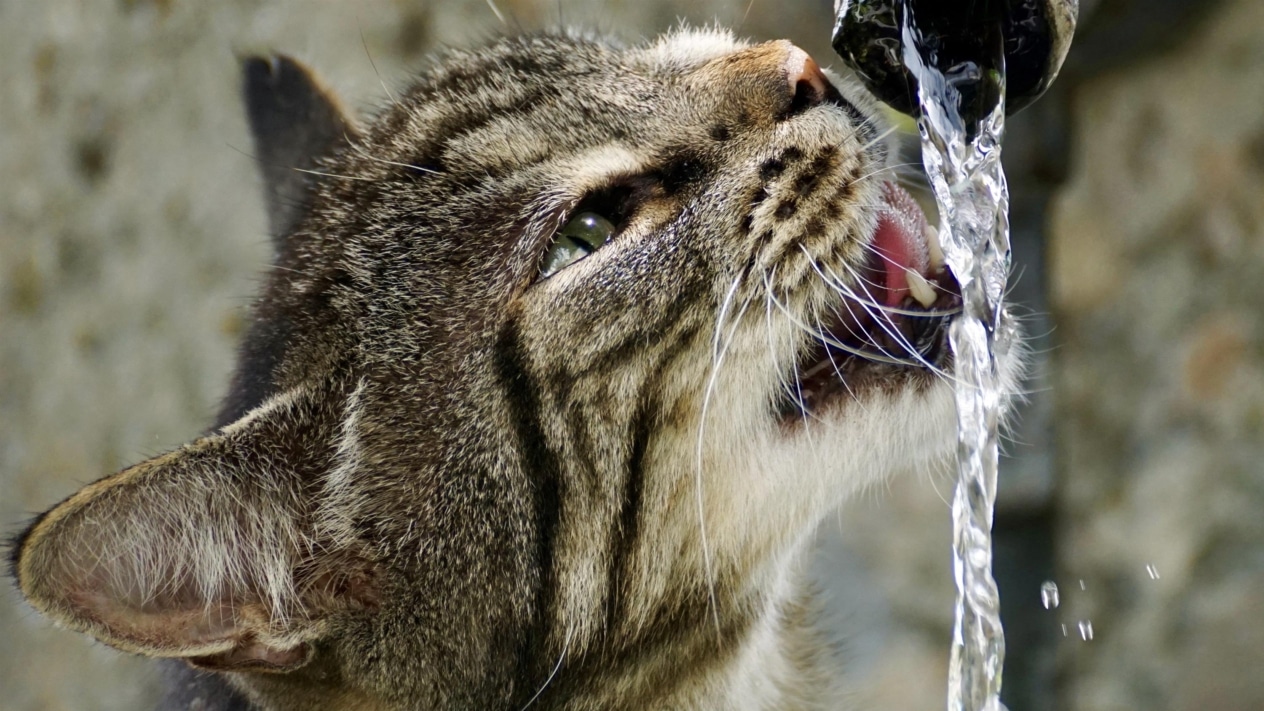
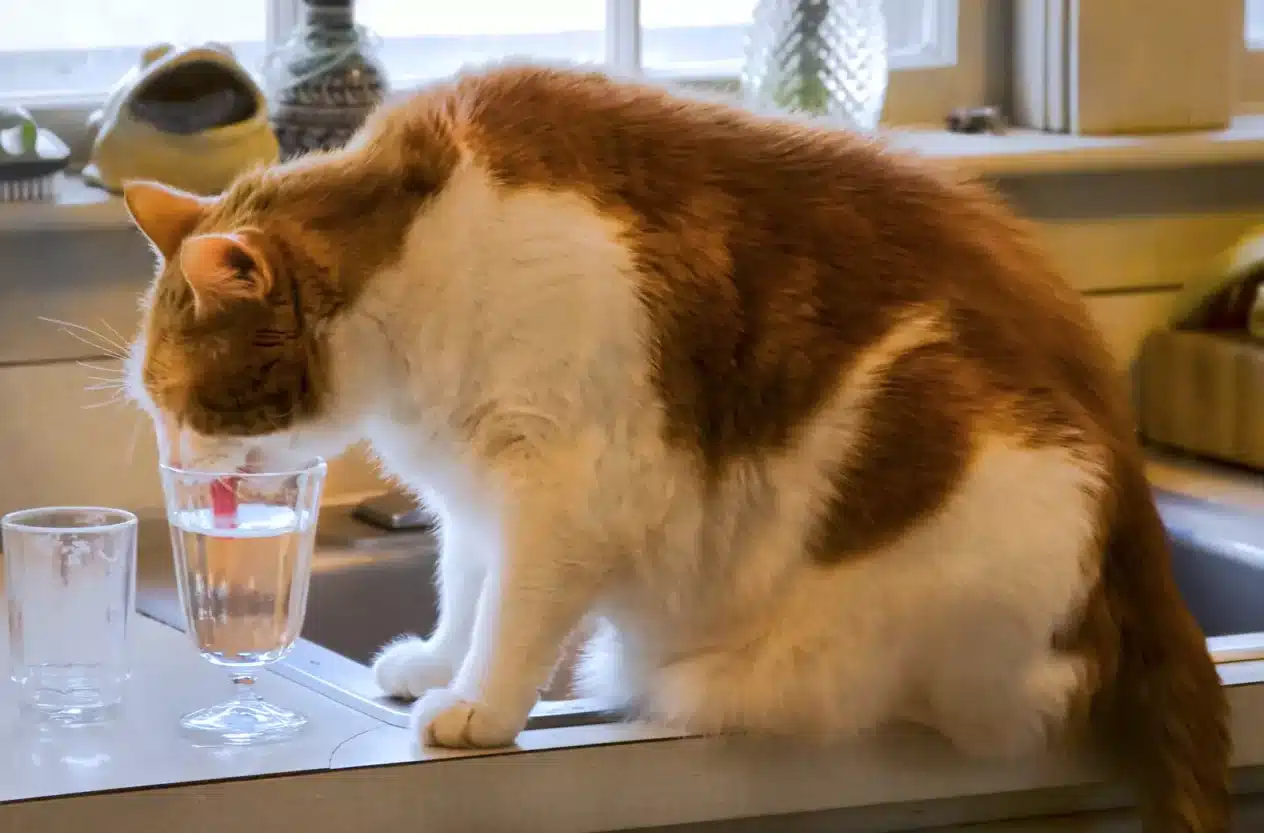
Recommended amount of water for cats and dogs
Water requirements can vary based on age, size, activity level, diet and seasonal conditions. And only you know your Beloved and the volume of water necessary for his good health. However, there are average recommended indicators and recommendations for their compliance.
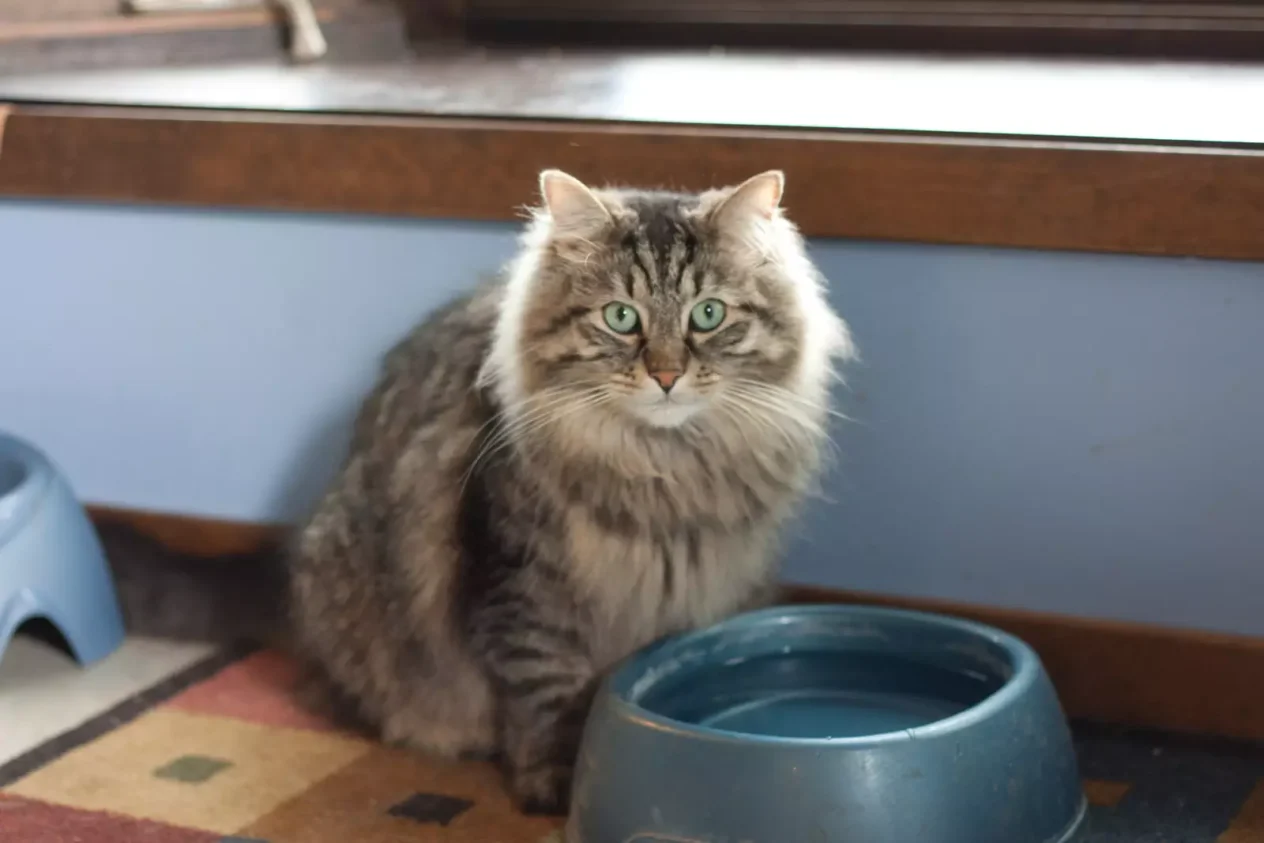
Recommendations for cats
On average, a cat should consume approximately 60-80 ml of water for every kilogram of body weight every day. For example, a cat weighing 4 kg should drink approximately 240-320 ml. of water every day. It is especially important to comply with this norm in the winter period and to additionally use air humidifiers. In hot weather, cats may need more water, so its volume should be increased to 80-100 ml for each kilogram of body weight. Kittens and older cats will always need more water than others, but for different reasons. Kittens need a larger volume of water to restore the water balance due to high activity and growing up, and older cats – due to reduced kidney function or the presence of chronic diseases.
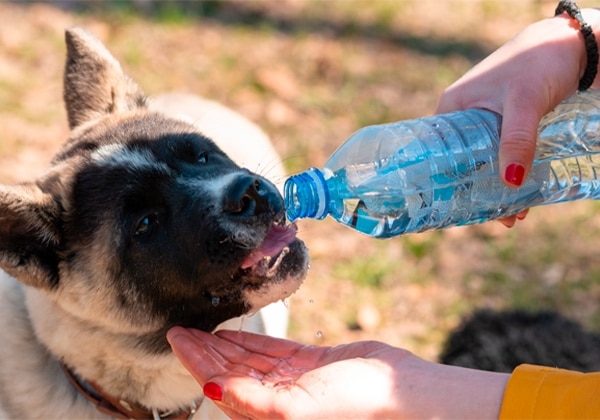
Recommendations for dogs
Dogs should consume approximately 50-60 ml of water for every kilogram of body weight every day. For example, a dog weighing 20 kg should drink approximately 1-1.2 liters of water every day. In hot weather, dogs, like cats, need more water, so its volume can be increased to 70-90 ml for every kilogram of body weight. Recommendations for water consumption during the winter period and special needs based on age are identical to the above for cats.
Tips for hosts
As we wrap up our topic on water and its importance, we would like to highlight a few tips that we hope you will find useful.
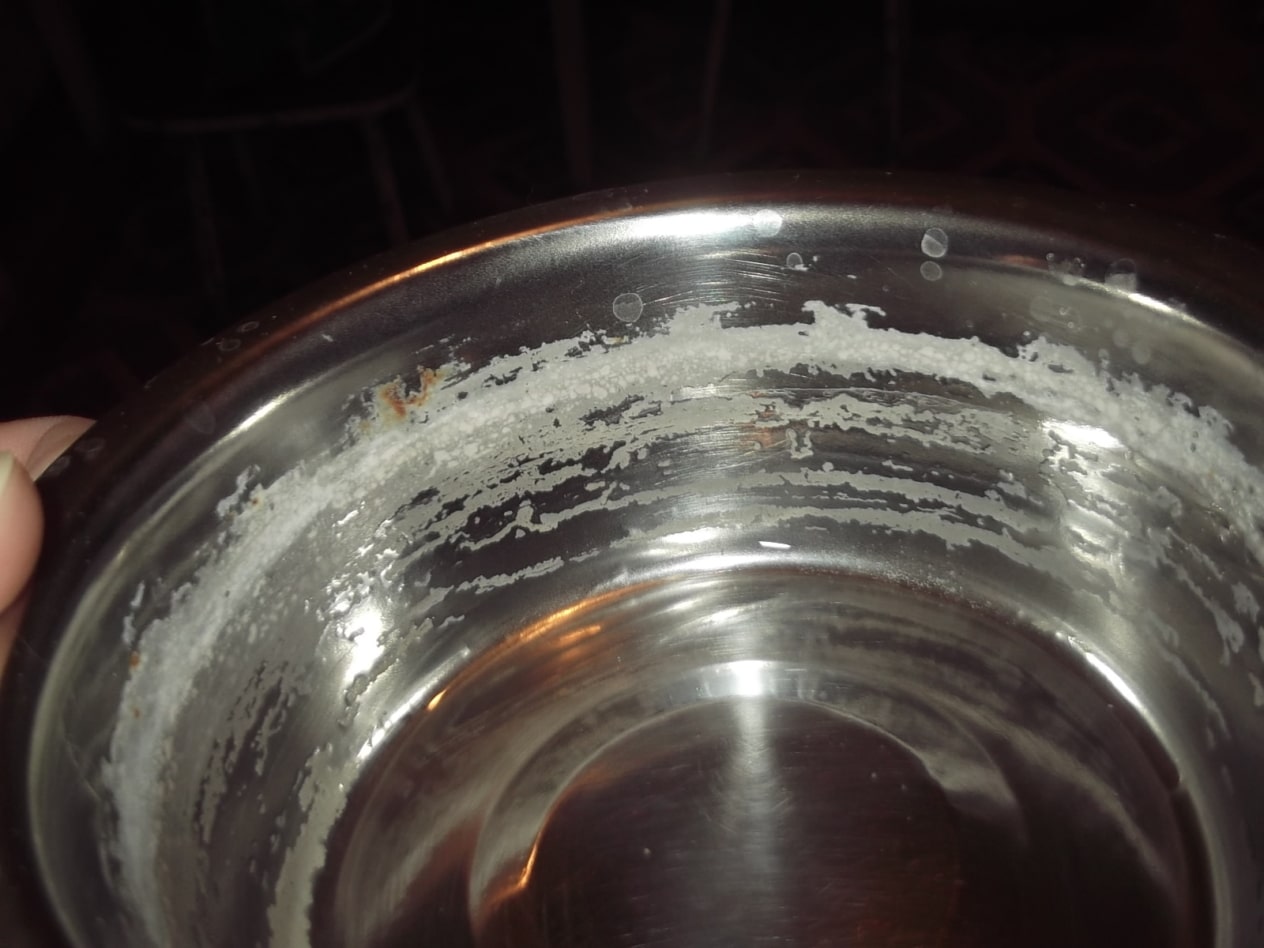
How to ensure access to clean water?
- Always keep a bowl of clean water within reach. Place extra bowls of water in different parts of the house, especially if you have a large area.
- Change the water daily, and in hot weather several times a day. The water should be fresh and clean. You can add some ice to keep it cool longer.
- Wash the water bowl regularly to prevent bacteria and algae from forming.
- Use a stainless steel or ceramic bowl with a silicone bottom. For larger dogs, use larger bowls.
- Buy an automatic water fountain that will provide a constant flow of fresh water, which will encourage your Pet to drink more.
Signs of dehydration in cats and dogs
- Dryness of the nose and gums. A normal nose in a healthy animal should be moist, the gums should be moist and slippery.
- Decreased skin elasticity. Carefully lift the skin on the nape of the animal. If the skin returns slowly or remains raised, this is a sign of dehydration.
- Lethargy and weakness. An insufficient amount of fluid can lead to a decrease in blood volume, which makes it difficult for the heart to work.
- A decrease in the amount of urine or its dark color. This can lead to serious kidney problems, including kidney failure.
- Dry eyes. Your pet’s eyes may look dry and dull.
- Indigestion. Not getting enough water can cause constipation and other digestive problems.
What to do if the animal does not drink enough water?
- Try different sources of water. Use automatic water fountains to get your pet interested in drinking more. Offer water from different bowls. Perhaps you will like one of them more than others.
- Encourage drinking water by playing with him near the water bowl or by having fun water games.
- Some animals may prefer certain types of water (such as bottled water or tap water). Try to offer different options.
- If your friend eats dry food, try adding some water or salt-free broth to the food to increase fluid intake. Offer wet food that contains more water.
- If your Tails constantly refuses to drink water or shows signs of dehydration, contact your veterinarian for further examination.
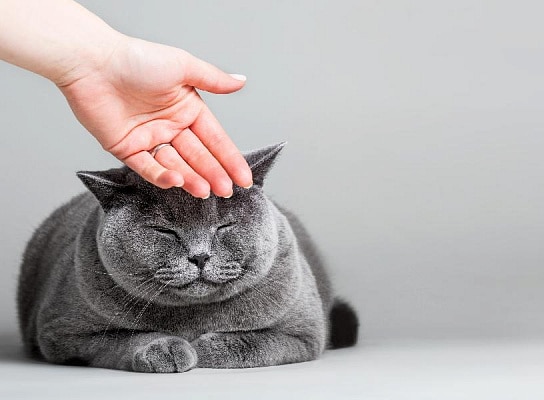
So, now you know that water performs many important functions in your pet’s body: from temperature regulation to the removal of toxins. And that’s why you should pay special attention to maintaining the water balance, because the health of your dog or cat depends on your care and attention to its needs. Provide constant access to fresh water, experiment with dishes to maintain interest, monitor appearance and behavior – and everything will be fine.

